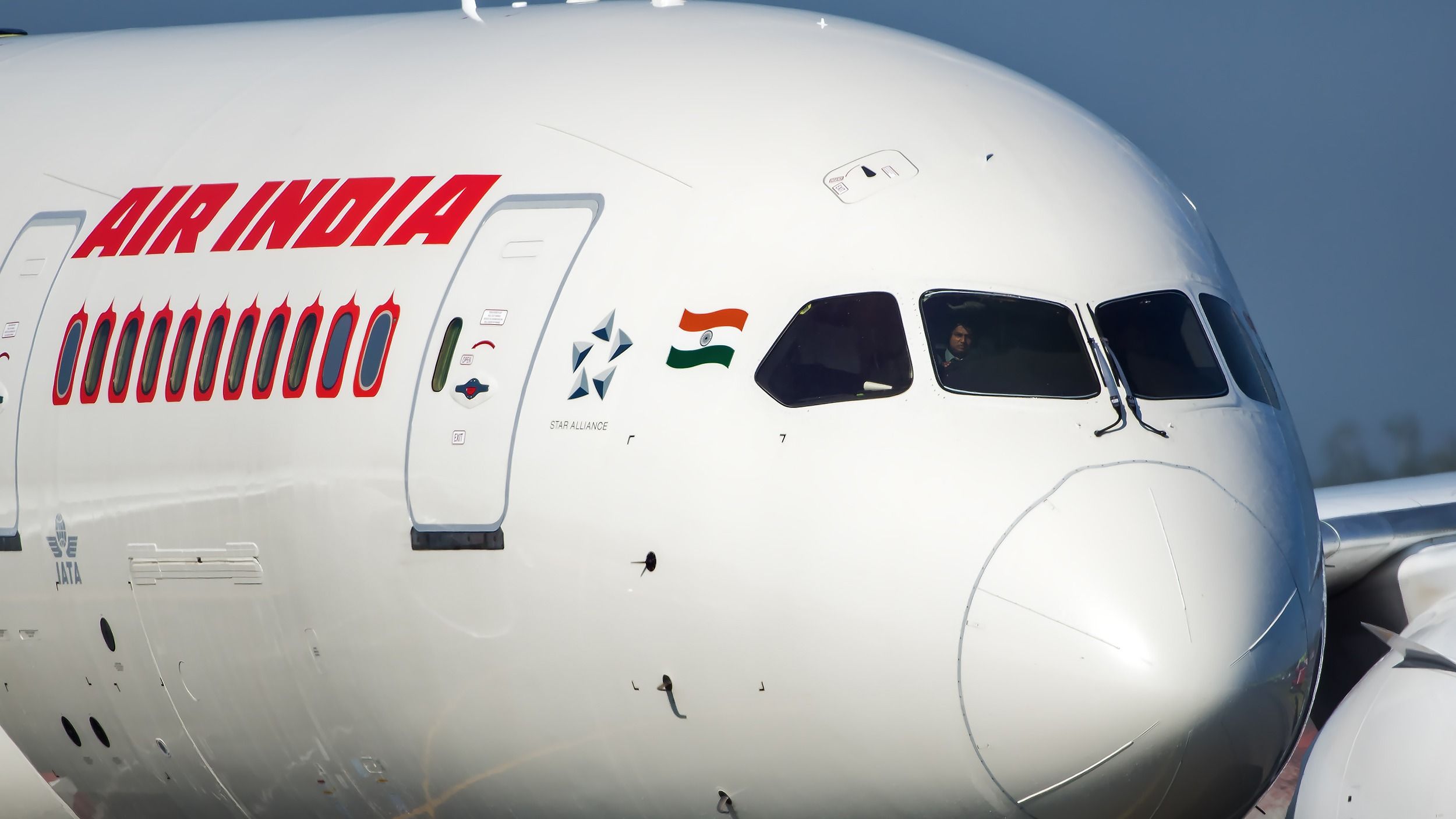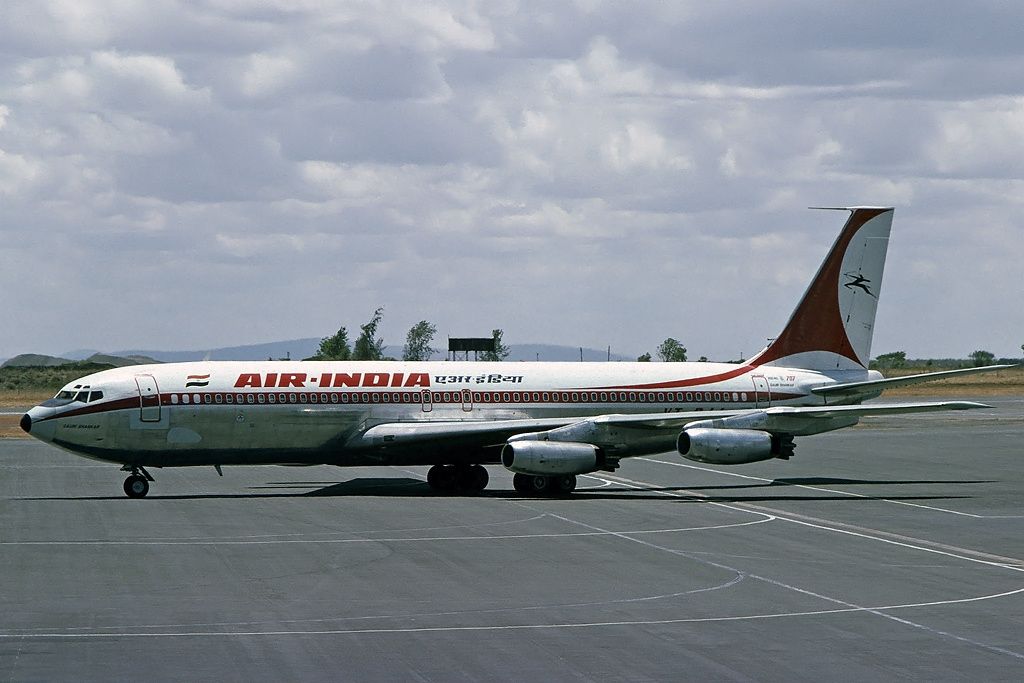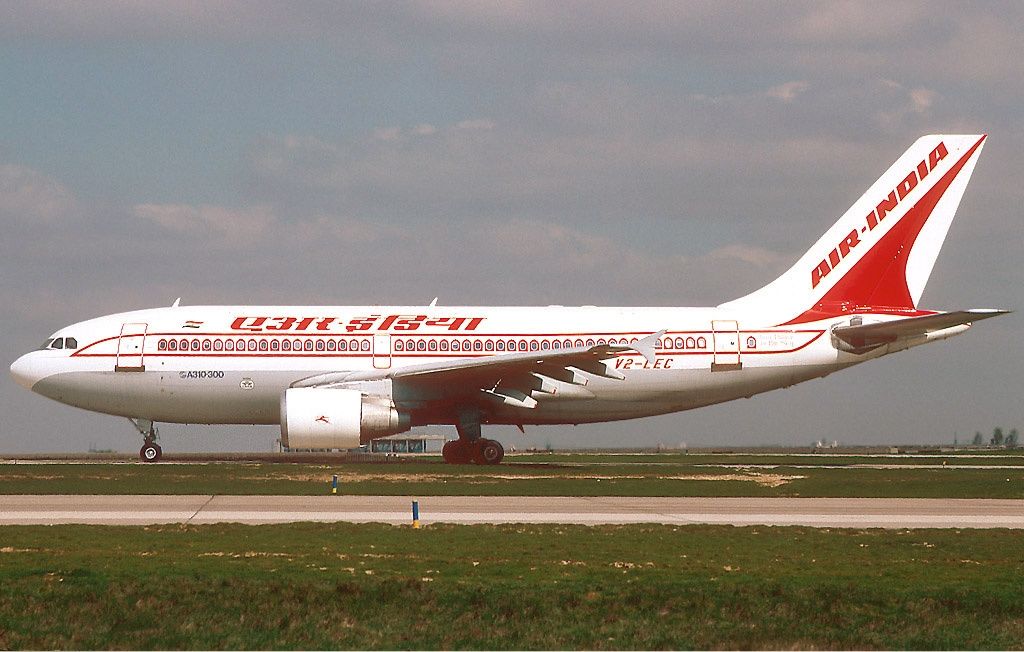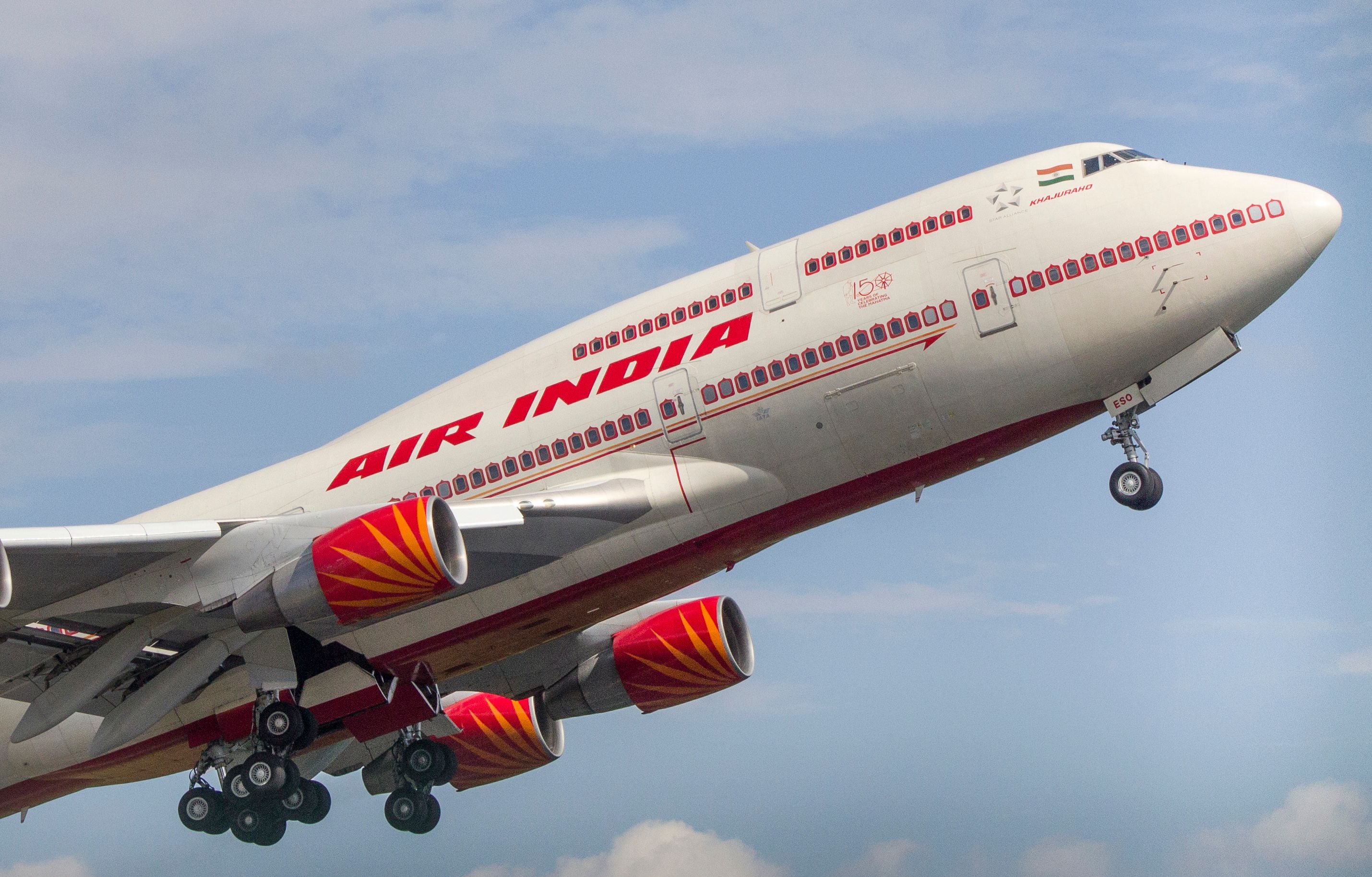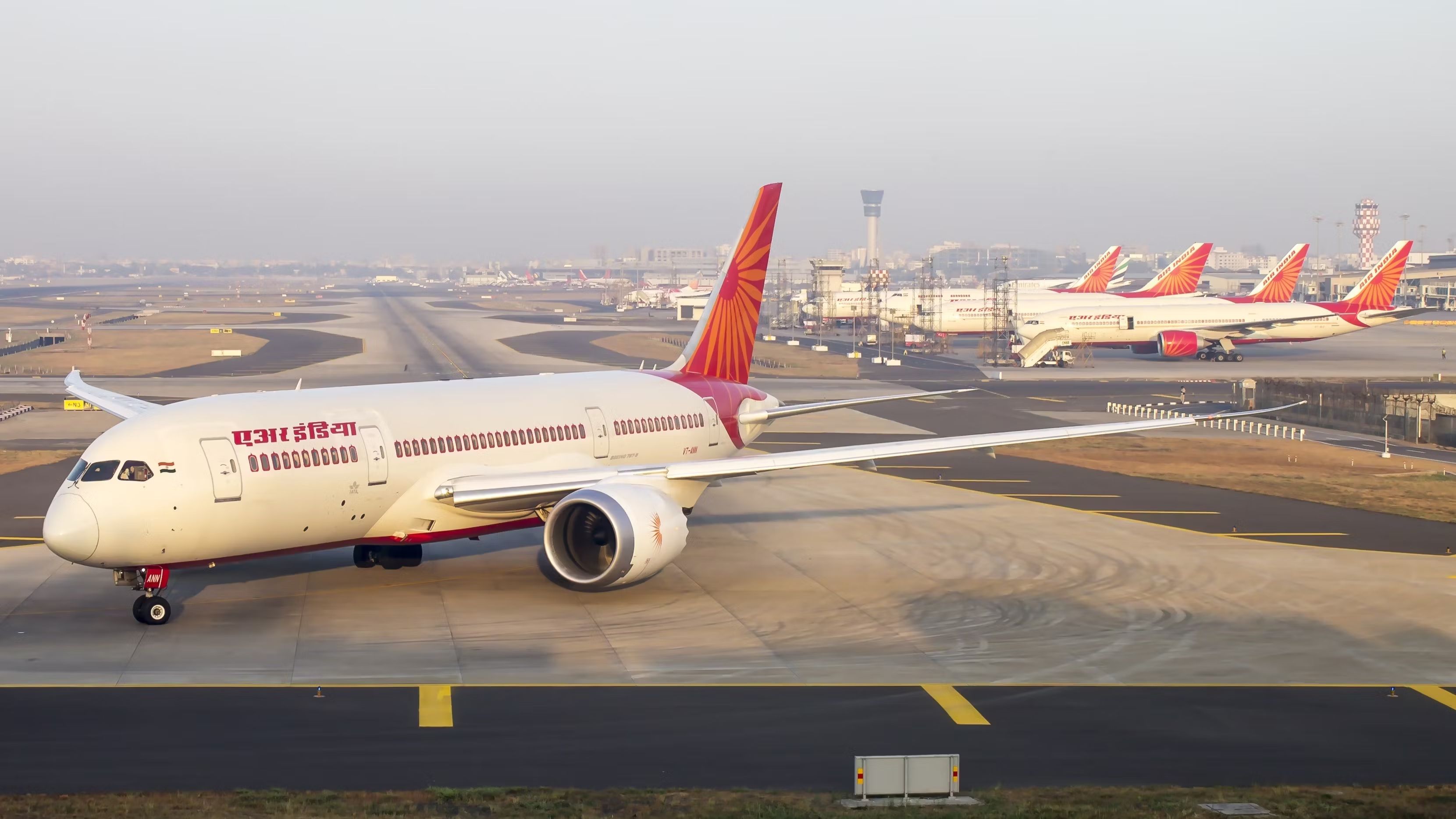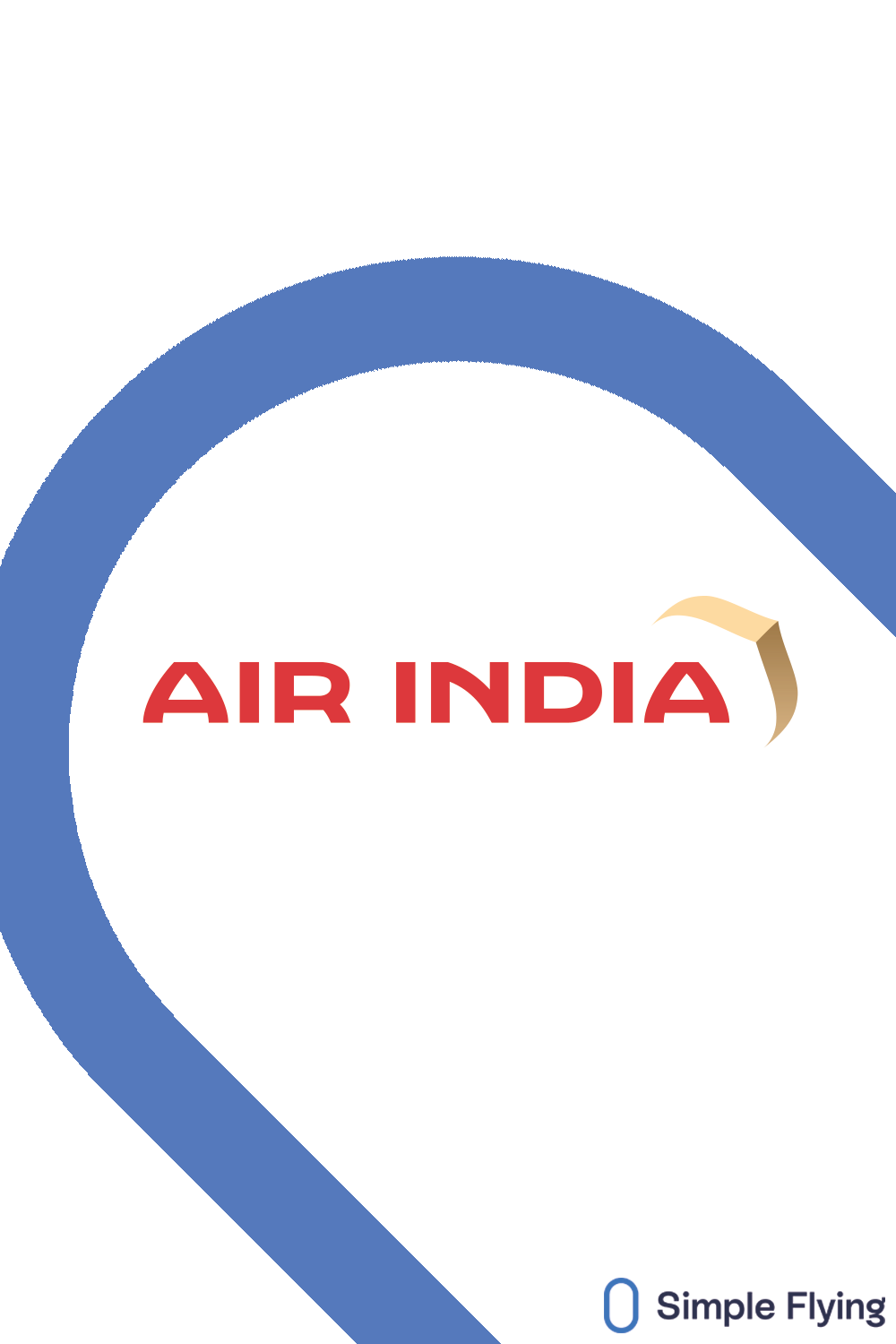As India's oldest airline, flag carrier Air India has a long history of connecting the country to destinations worldwide. From the highs of international expansion to the lows of hostile competition and turbulent financial struggles, what are some highlights in the carrier's history?
In the beginning...
Air India's origins can be traced back to Tata Air Services, founded by the entrepreneur JRD Tata in 1932. JRD Tata was fascinated by aviation and was among the first people in India to receive a pilot's license. Tata Air Services started out by transporting mail but quickly grew, expanding into passenger operations and opening up new routes. According to a piece by The New York Times, Tata Air Services ran an efficient and profitable operation.
In 1938, the airline was renamed Tata Airlines and expanded internationally for the first time, adding service to Colombo, Sri Lanka, to its route network. Profits had also grown tenfold by this point, highlighting the airline's ongoing success.
World War II saw Tata Airlines' aircraft all commandeered for military use, but by 1942, JRD Tata was already looking to the airline's post-war future. After India's independence, the government took a 49% stake in the carrier, renaming it Air India. The airline operated its first long-haul flight from Mumbai to London Heathrow in 1948. This marked a long-awaited moment for JRD Tata, who, in preparation for the flights, had hired a former TWA flight attendant to showcase exceptional customer service onboard.
However, just five years later, the government nationalized Air India, at the same time as several other carriers, taking the airline out of Tata's control. He did, however, go on to lead the airline as its Chairman soon after, saying later in his biography,
"I came to the conclusion that I should not shirk the opportunity of discharging a duty to the country and to Indian aviation. I am particularly anxious that the present high standards of Air India International should not be adversely affected by nationalization."
International expansion
Despite nationalization, Air India continued its modernization, focusing on acquiring the latest aircraft. In 1960, the airline received its first Boeing 707, followed a decade later by its first Boeing 747. Along with an ever-expanding fleet, the carrier continued to grow its route network as well. In Europe, this included destinations such as Rome, Paris, and Düsseldorf, and to the east, Hong Kong, Tokyo, Singapore, and Bangkok.
JRD Tata was removed as Chairman of Air India in 1977, placing the airline's control firmly into government hands. By then, the carrier was colloquially known as "The Maharaja" (The King) for its service and connectivity. These changes were heralded by JRD Tata and made the carrier an inspiration for some of today's exceptional airlines, such as Singapore Airlines and Cathay Pacific.
The 1980s and 1990s saw Air India remain successful internationally, adding more cities to its network and maintaining a modern fleet. The Airbus A310 and Boeing 747-400 had become mainstays by the 1990s, serving medium and long-haul routes efficiently and comfortably. However, the next decade saw Air India face problems for arguably the first time in its history.
The first sign of trouble
Despite its successes in the past few decades, by 2000, the government was trying to privatize Air India. However, attempts to do so failed, and as India liberalized its aviation industry, Air India began to face increasing competition from new, dynamic airlines such as the low-cost carrier IndiGo.
While Air India remained profitable, its domestic arm, Indian Airlines, struggled and saw losses by the early 2000s. In a bid to solve the problem, the government chose to combine both carriers in 2007, creating one brand for full-service operations. However, the newly merged Air India quickly began racking up losses and has been doing so for most years ever since. 2014 saw Air India become the 27th member of Star Alliance, joining the likes of Lufthansa, Air Canada, and Singapore Airlines.
Air India today
Fast-forward to today, and despite racking up billions of dollars in debt, Air India appears to be turning a corner. This came about after financial difficulties forced the government to put the airline up for sale. In January 2022, after a tender process involving the Tata Group and SpiceJet, Air India was officially handed over to the Tata Group. Shortly after, Campbell Wilson, the former CEO of Scoot, was appointed as the airline's new CEO.
Since then, the Tata Group announced that Air India would be merged with one of the group's other airlines, Vistara, by 2024. Earlier this year, Air India went on to make one of the most significant aircraft orders in history, for a total of 470 aircraft - 210 Airbus A32neo family aircraft, 40 A350s, 190 Boeing 737 MAXs, 20 787-9s, and ten 777-9s.
Air India also recently unveiled its new brand identity, including a livery that has gone on to divide opinion across the aviation world:
What do you think of the history of Air India? Have you flown with the airline? Share your thoughts and experiences by commenting below.
Source: The New York Times, ch-aviation

